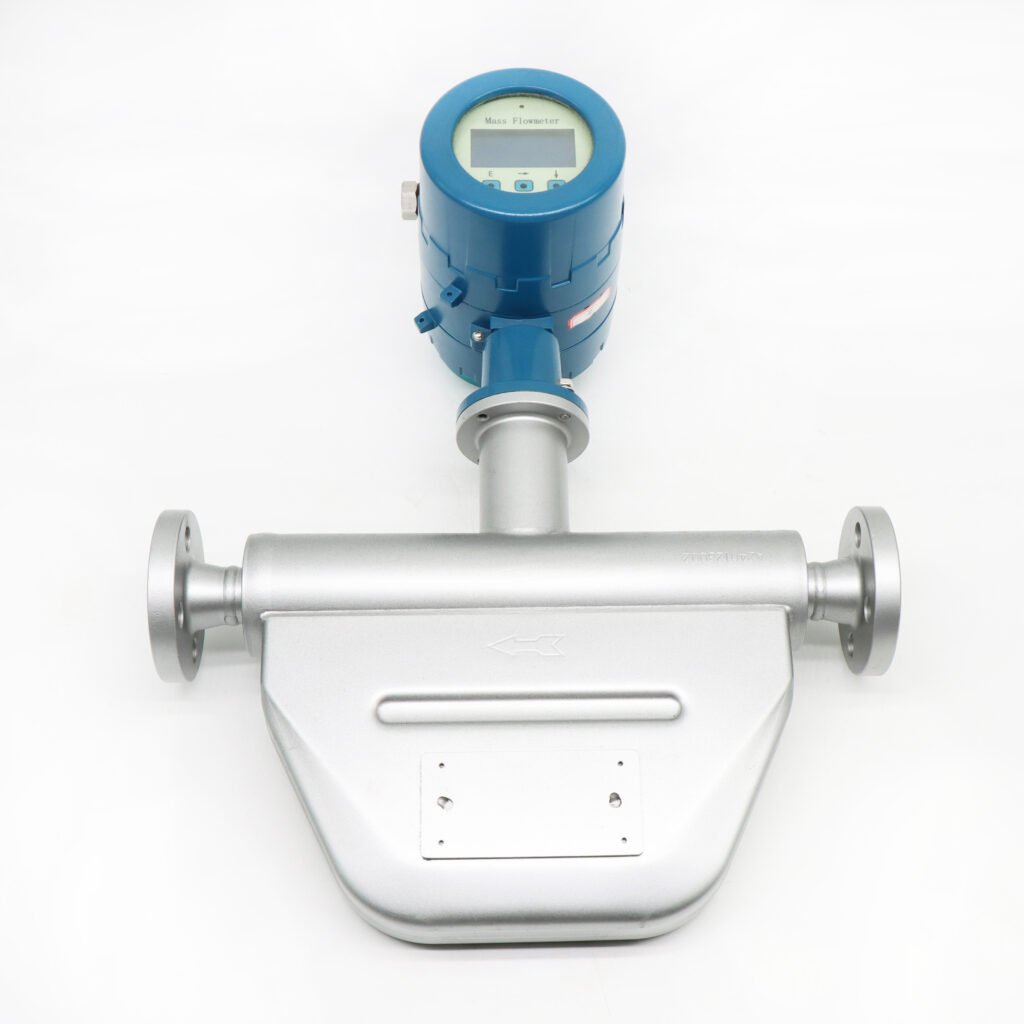Choosing the right liquid mass flowmeter is a process that takes into account many factors, and the following is a detailed guide on how to choose the right liquid mass flowmeter after a comprehensive analysis of fluid measurement technology:
Define fluid characteristics
- Fluid type: Confirm that the fluid to be measured is a liquid and understand its specific physical and chemical properties, such as density, viscosity, corrosiveness, flammability, etc. These properties will directly affect the choice of flowmeter.
- If the liquid contains solid particles, it is necessary to choose a mass flowmeter that can withstand the wear of solid particles and will not be clogged by solid particles.
Determine measuring range and accuracy
- Flow range: Specify the minimum and maximum values of the measured flow rate in order to select a flowmeter with the appropriate range. Ensure that the range of the flowmeter can cover the actual flow range, and try to make the actual flow in the middle part of the flowmeter range to obtain higher measurement accuracy.
- Accuracy requirements: According to the importance of the application and accuracy requirements, choose the flowmeter with the corresponding accuracy. High precision requirements often correspond to higher costs, so it is necessary to find a balance between precision and cost.
Consider the work environment
- Temperature and pressure: Ensure that the selected flowmeter can withstand the maximum temperature and pressure in the application. Some mass flowmeters have a temperature compensation function, which can reduce the measurement error caused by temperature changes to a certain extent.
- Installation conditions: Consider the installation position of the flow meter, pipe size, fluid flow direction, vibration interference and other factors to ensure that the flow meter can run stably.
Evaluating flowmeter types
- Coriolis mass flowmeter: Its measurement value is not affected by the physical properties of the fluid, but the pressure loss is larger, more used for liquids, and can also be used for medium and high pressure gases.
- Other types: such as vortex flowmeters, electromagnetic flowmeters, ultrasonic flowmeters, etc., although they are not specialized mass flowmeters, they can also be used to measure liquid flow under certain specific conditions. Electromagnetic flowmeter uses the principle of electromagnetic induction to measure the flow rate, which is suitable for conductive liquids; Ultrasonic flowmeters use the speed at which sound waves travel through a fluid to measure velocity.
Consider cost and maintenance
- Purchase cost: Different brands and models of flow meter prices vary greatly, need to choose according to the budget.
- Operating energy consumption: Choose products with high energy efficiency ratio to reduce operating costs.
- Maintenance: Understand flowmeter maintenance requirements and calibration cycles, and assess their maintenance costs. Choosing flowmeters that are easy to maintain and have long calibration cycles can reduce long-term operating costs.
Learn about after-sales service
Understand the supplier’s after-sales service and support system to ensure timely technical support, repair and calibration services are provided. This helps ensure long-term stable operation and measurement accuracy of the flow meter.
To sum up, choosing the right liquid mass flowmeter requires comprehensive consideration of fluid characteristics, measurement range and accuracy, working environment, flowmeter type, cost and maintenance, and after-sales service and other factors. Through scientific and reasonable selection, it can ensure that the mass flowmeter plays the maximum effect in industrial production, and improves production efficiency and product quality.

